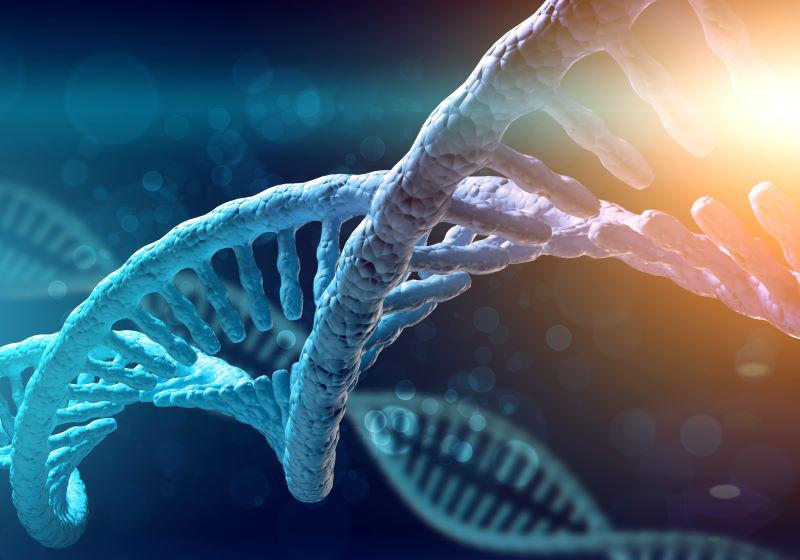Search Rx Local on your web browser or download Rx Local today on the App Store or Google Play
Get Healthy!

- Posted December 21, 2022
People Are Still Evolving, Creating New Genes
Humans have continued to evolve after splitting from chimpanzee ancestors nearly 7 million years ago, according to a new study that found 155 new genes unique to humans that suddenly arose from tiny sections of DNA.
Some of the new genes date back to the ancient origin of mammals, according to the researchers. They suspect a few of these "microgenes"have links to human-specific diseases.
"This project started back in 2017 because I was interested in novel gene evolution and figuring out how these genes originate,"said study author Nikolaos Vakirlis, a scientist at the Biomedical Sciences Research Center Alexander Fleming in Vari, Greece. "It was put on ice for a few years, until another study got published that had some very interesting data, allowing us to get started on this work."
For this new study, published Dec. 20 in Cell Reports, his team created an ancestral tree to compare humans to other vertebrate species using previously published genetic data.
The investigators tracked the relationship of these genes across evolution and 155 popped up from regions of unique DNA. New genes can arise from duplication in the genome, but these started from scratch.
"It was quite exciting to be working in something so new,"said senior author Aoife McLysaght, a scientist at Trinity College Dublin, in Ireland. "When you start getting into these small sizes of DNA, they're really on the edge of what is interpretable from a genome sequence, and they're in that zone where it's hard to know if it is biologically meaningful."
About 44 of these new genes are associated with growth defects in cell cultures, according to the study. This shows the importance of these genes in maintaining a healthy, living system.
The genes are specific to humans, which makes direct testing difficult, though researchers examined patterns within the DNA that could hint at their role in specific diseases.
Three of the genes have disease-associated DNA markers that point to links with muscular dystrophy; the eye disorder retinitis pigmentosa; and Alazami syndrome, a form of dwarfism.
The researchers also found a new gene associated with human heart tissue. It emerged in human and chimp after the split from gorilla, according to the study. The researchers noted this shows how fast a gene can evolve to become essential for the body.
"It will be very interesting in future studies to understand what these microgenes might do and whether they might be directly involved in any kind of disease,"Vakirlis said in a journal news release.
McLysaght said these genes are convenient to ignore because they're so hard to study.
"But I think it'll be increasingly recognized that they need to be looked at and considered,"she said. "If we're right in what we think we have here, there's a lot more functionally relevant stuff hidden in the human genome."
More information
The U.S. National Human Genome Research Institute has more on the human genome.
SOURCE: Cell Reports, news release, Dec. 20, 2022










